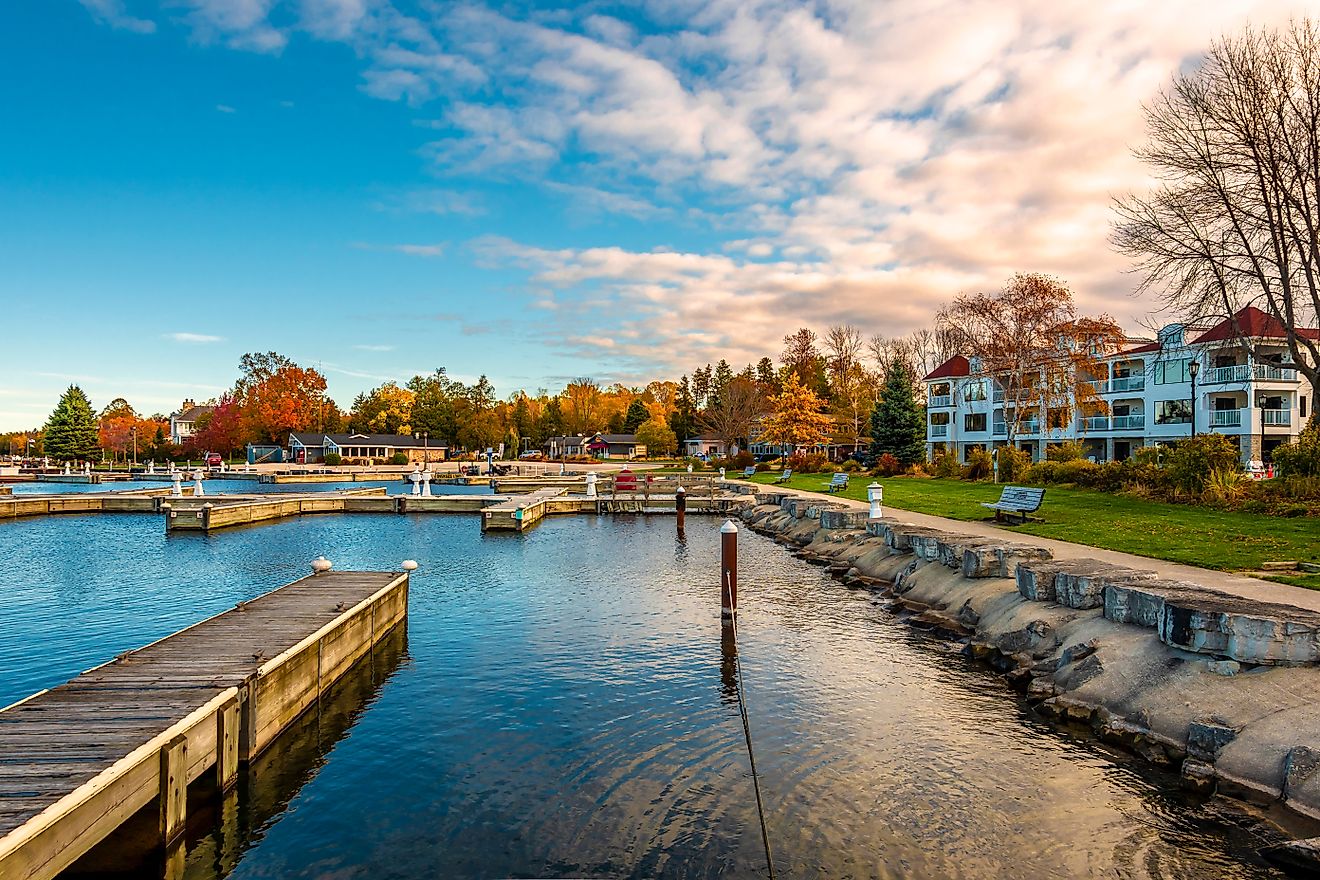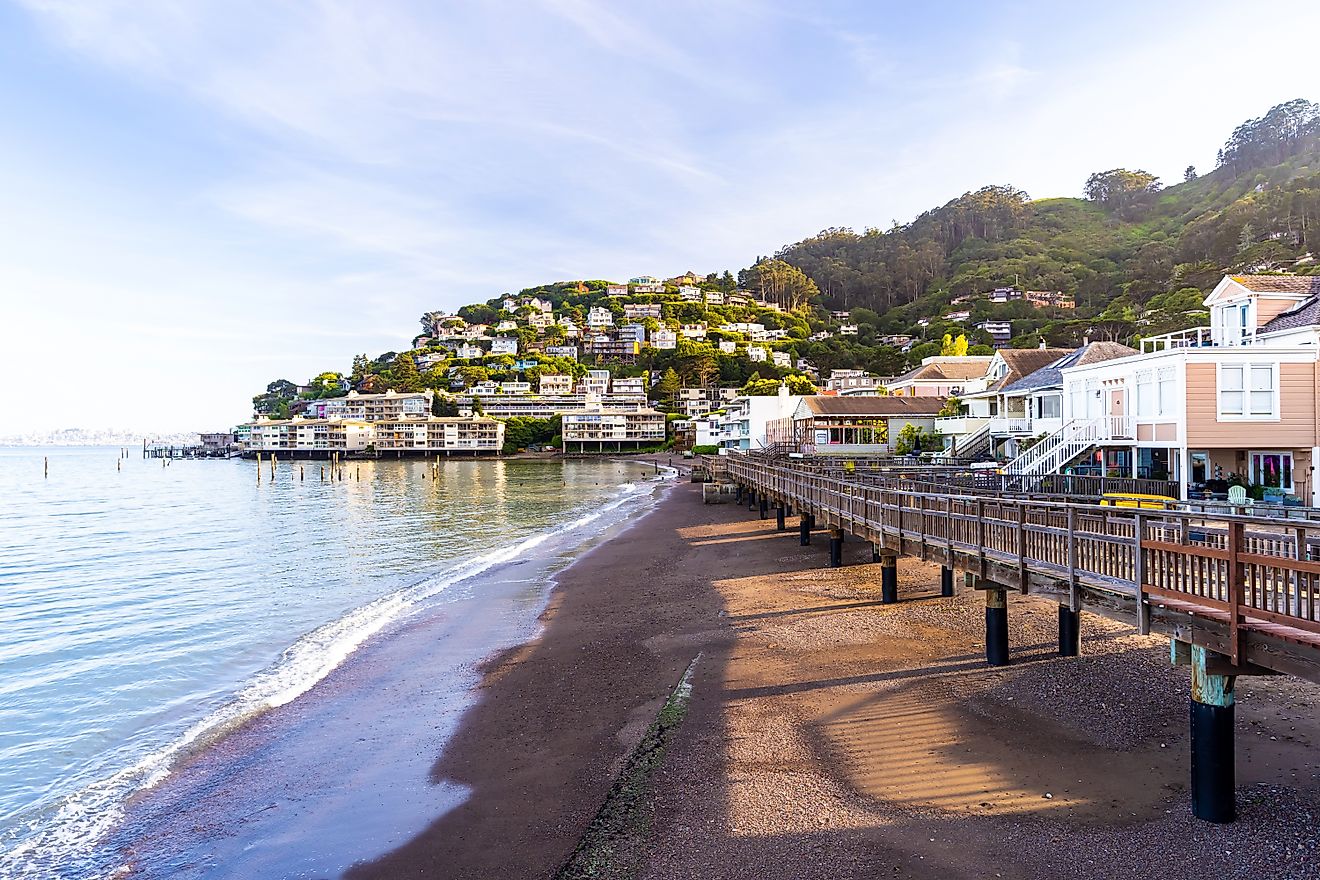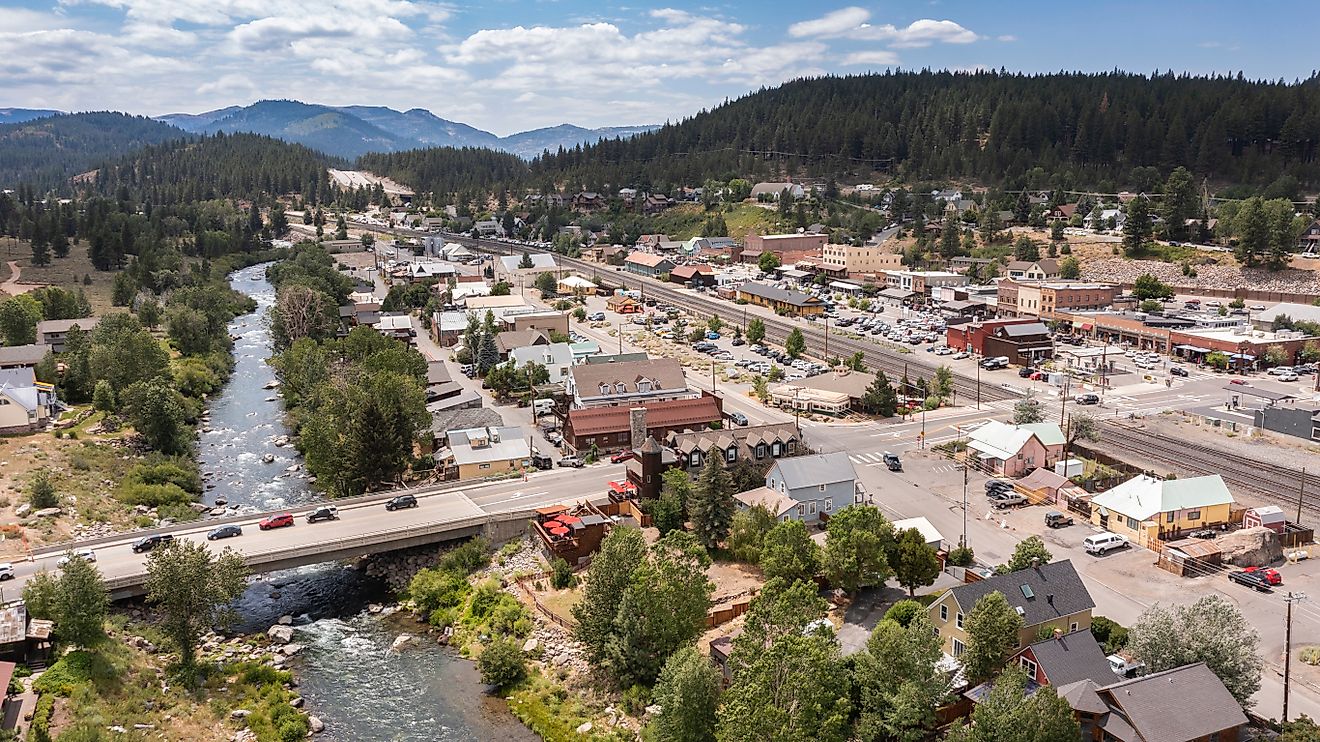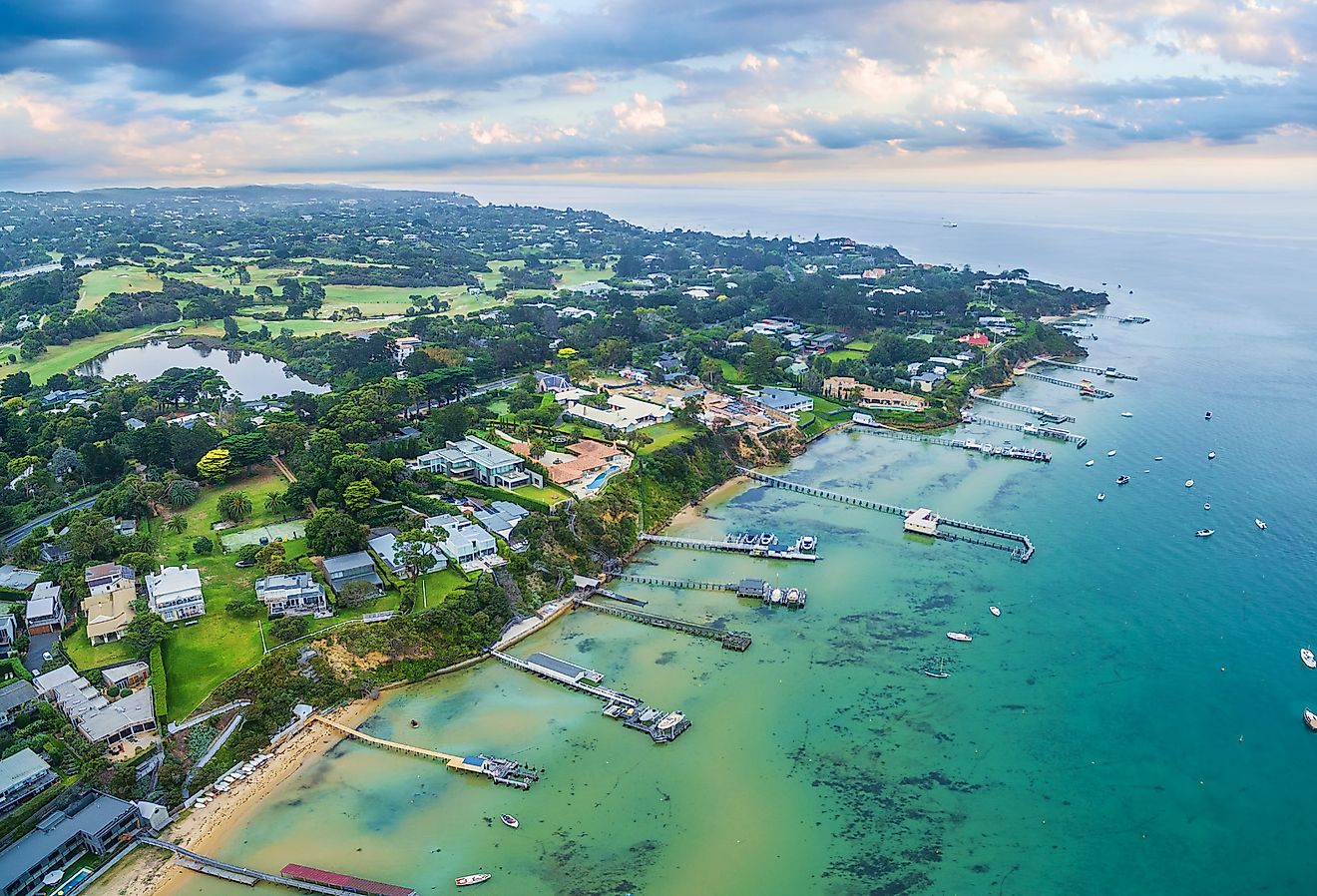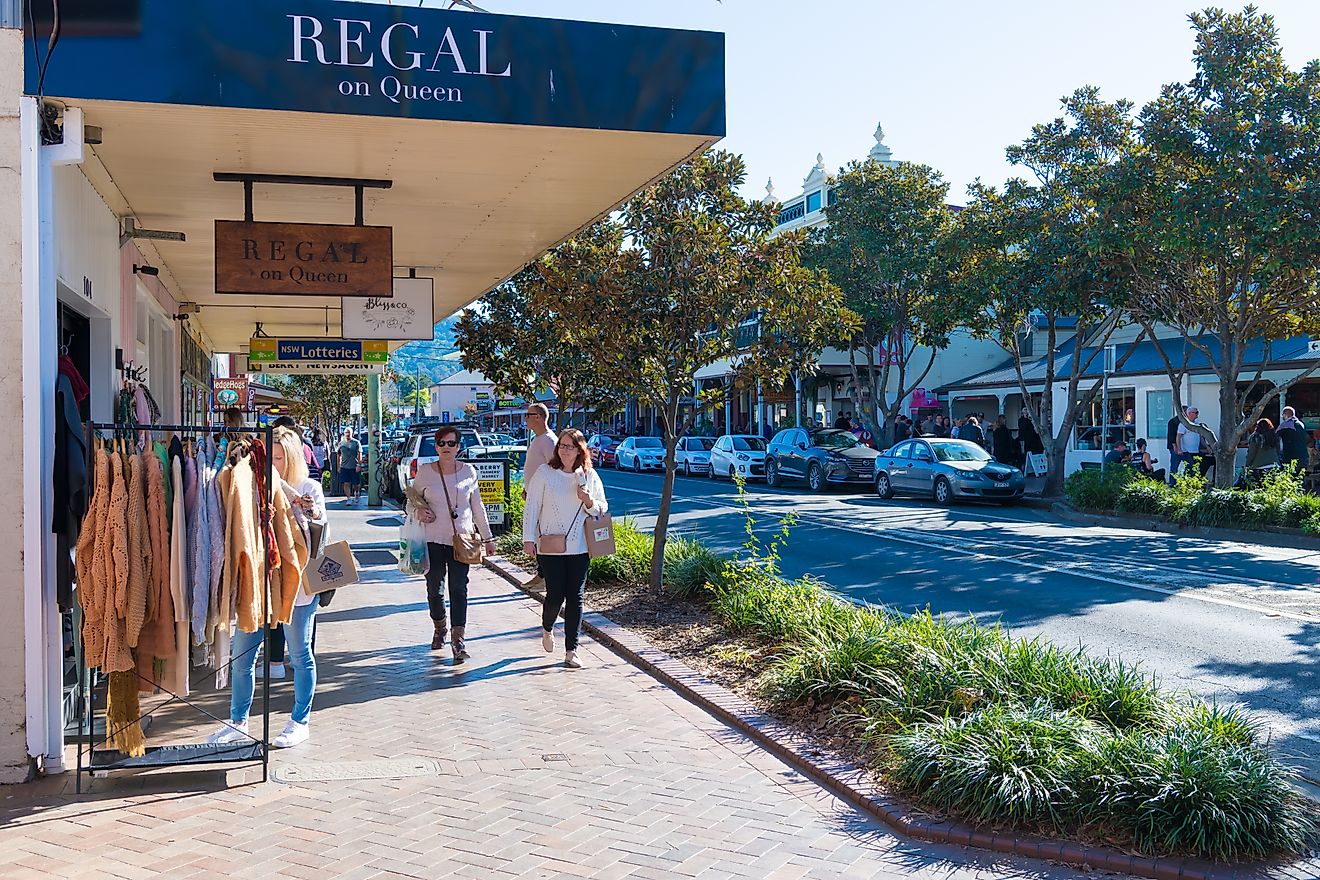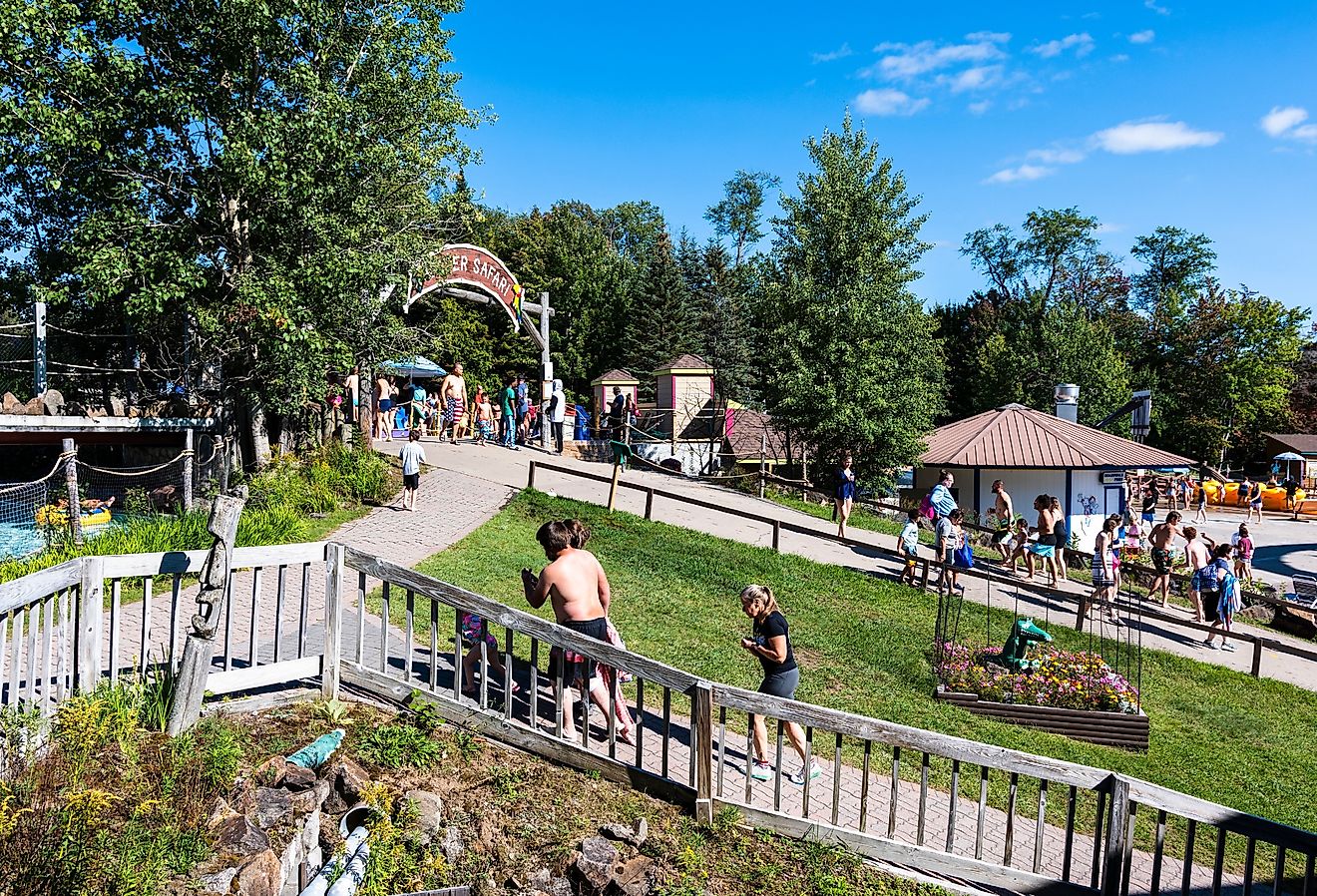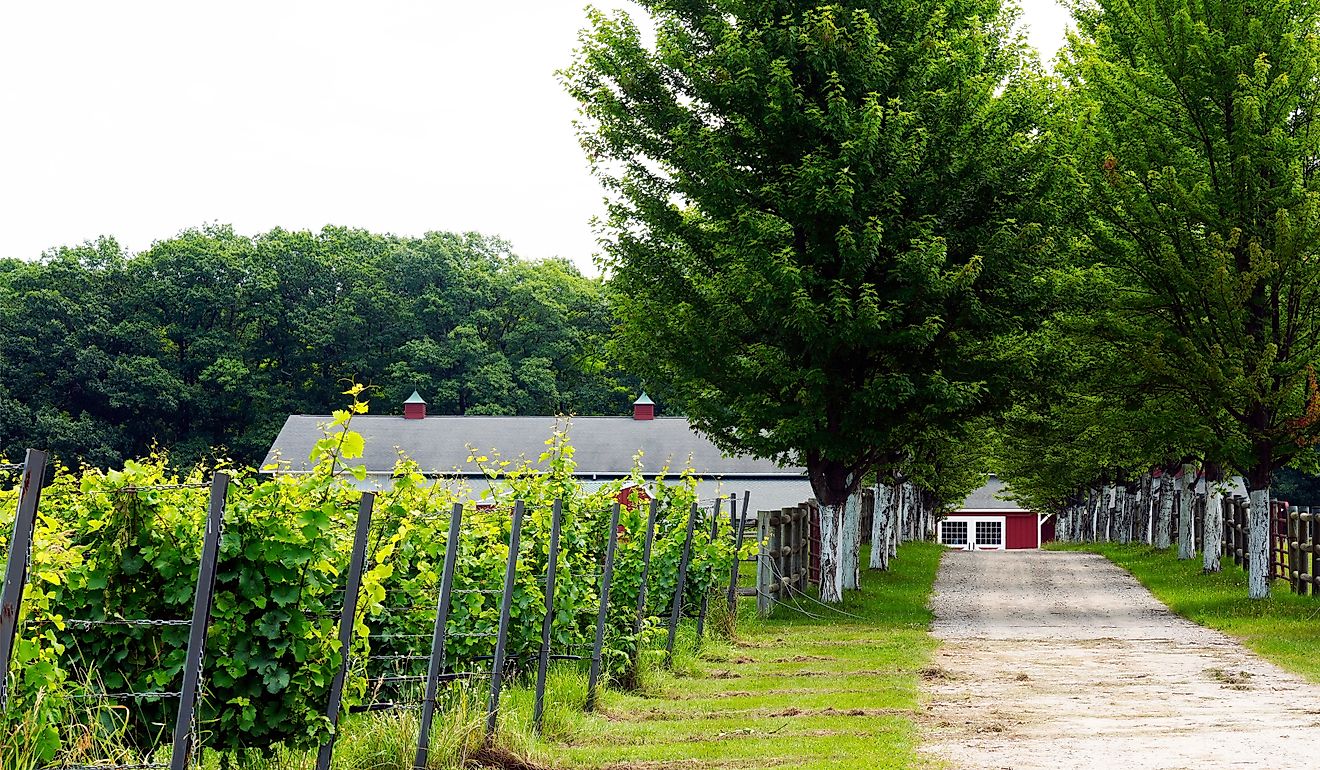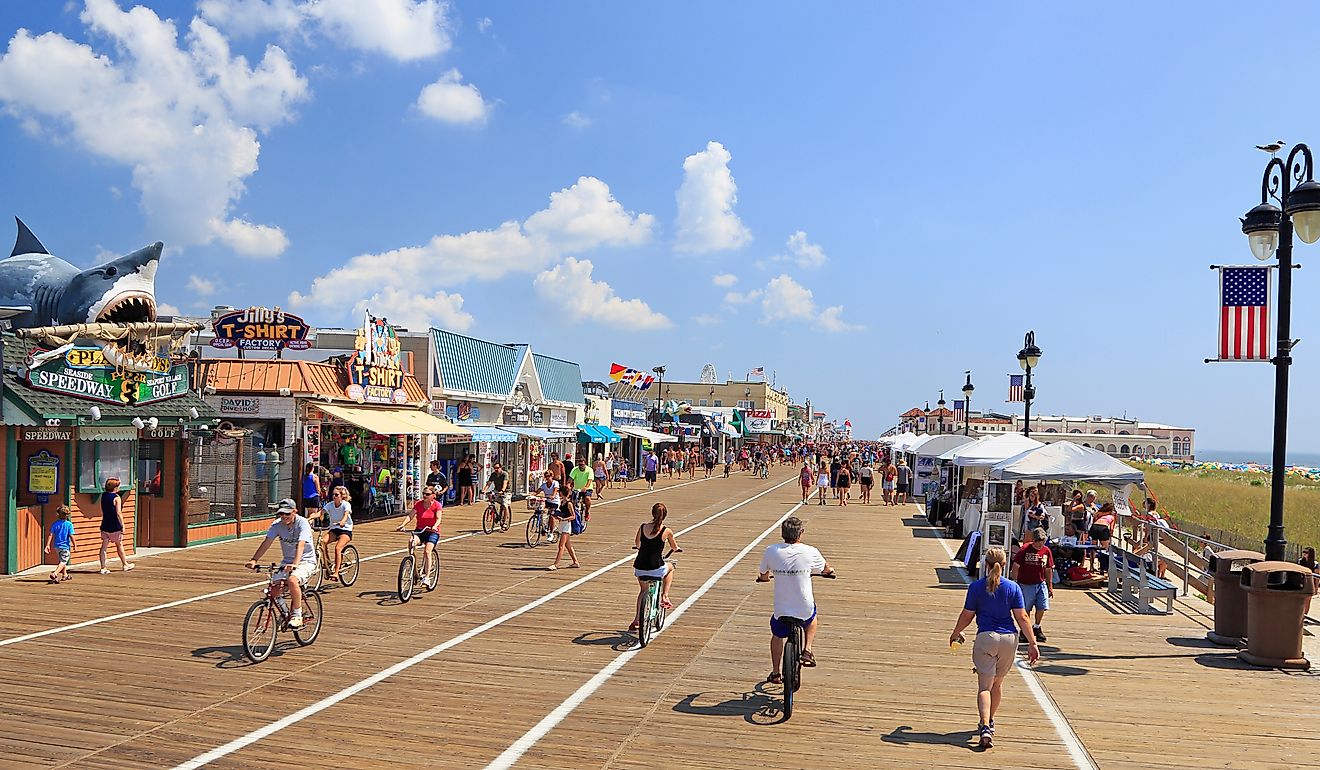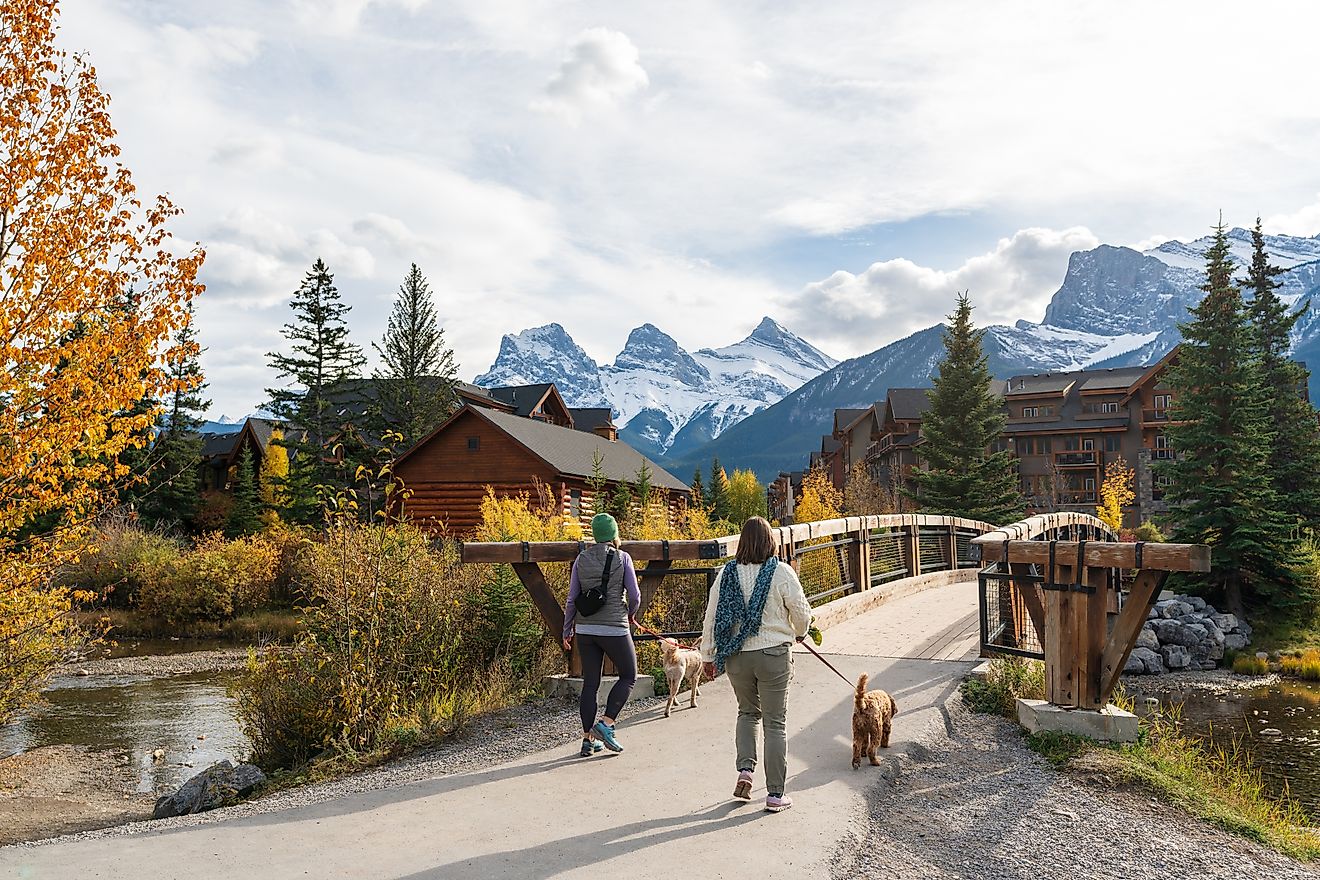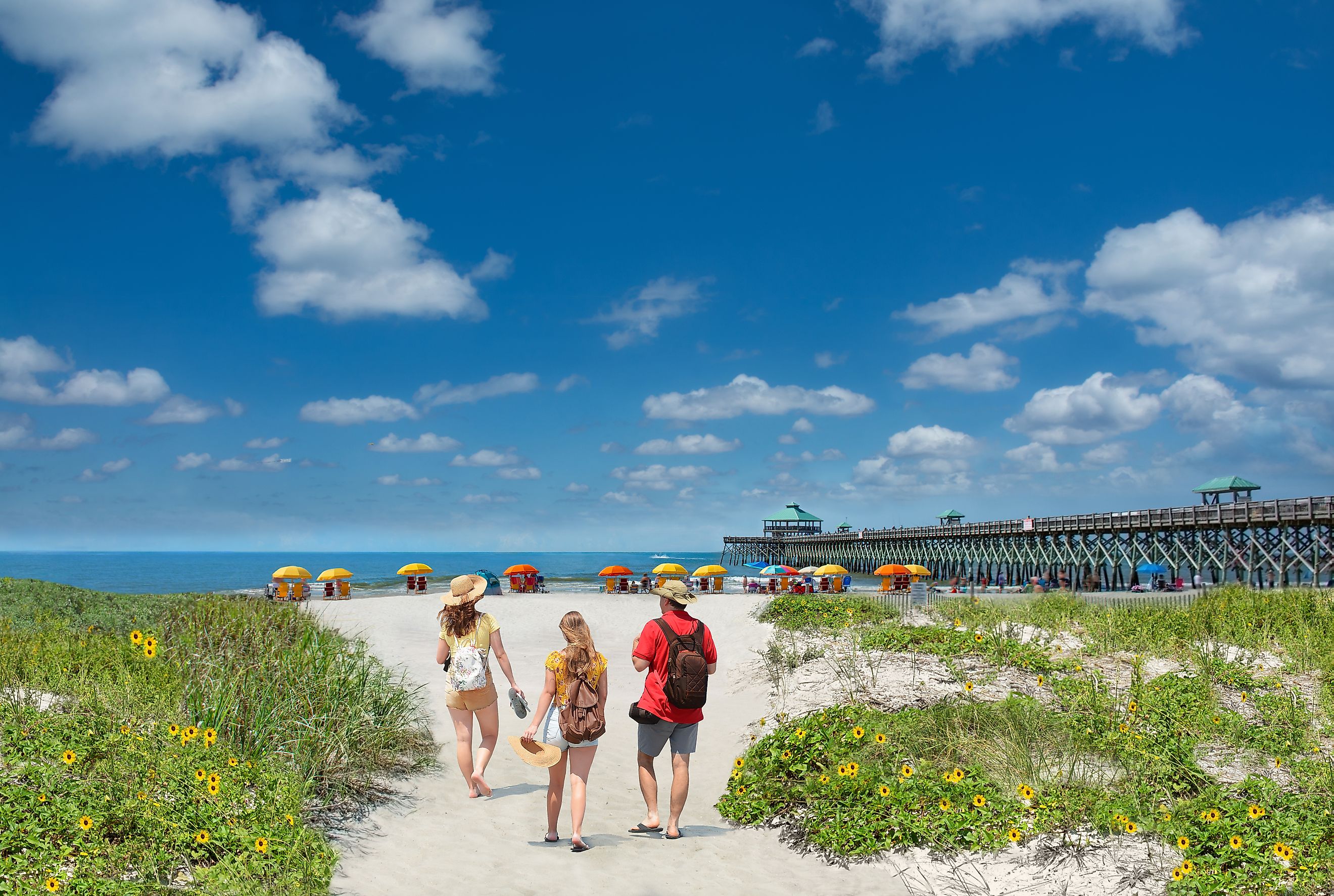
10 Best Small Towns In South Carolina For A Crowd-Free Summer
Every July, Myrtle Beach swells like a carnival balloon, and Charleston’s sidewalks simmer under carriage wheels. Yet a quieter South Carolina still exists, one that locals slip into when the mercury spikes and parking meters start blinking red.
This list pulls together ten such refuges. Each town keeps its pulse below a resting heart rate, and its summer calendar free of packaged festivals. Some were founded by German immigrants chasing farmland, others by rice planters chasing breezes, but all now specialize in absence: empty riverfront swings, forest trails without bike bells, beaches where the footprints belong to yesterday. If your idea of a successful vacation is returning home without a single lanyard, queue number, or resort wristband, the next pages read like a treasure map.
Camden
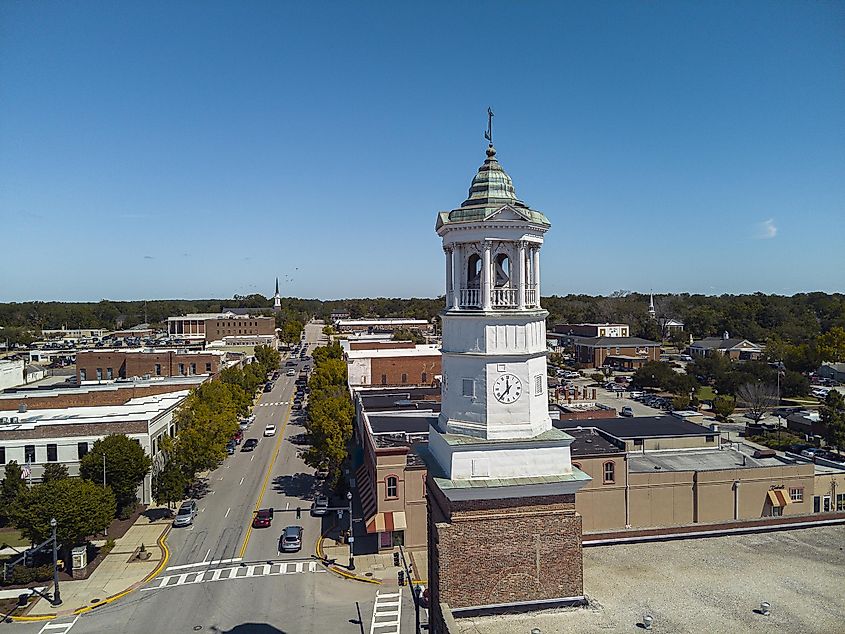
Camden operates on its own calendar. It’s the kind of place where horses have training rights on downtown streets, and summer heat slows everything to a near standstill, by design. Founded in 1732, it’s South Carolina’s oldest inland city and still carries the bones of a military outpost. Camden is also one of the few towns in the region where Revolutionary War history isn’t background—it's the main structure. The Camden Archives and Museum holds original documents dating back to the 18th century, including land deeds signed before the United States existed.
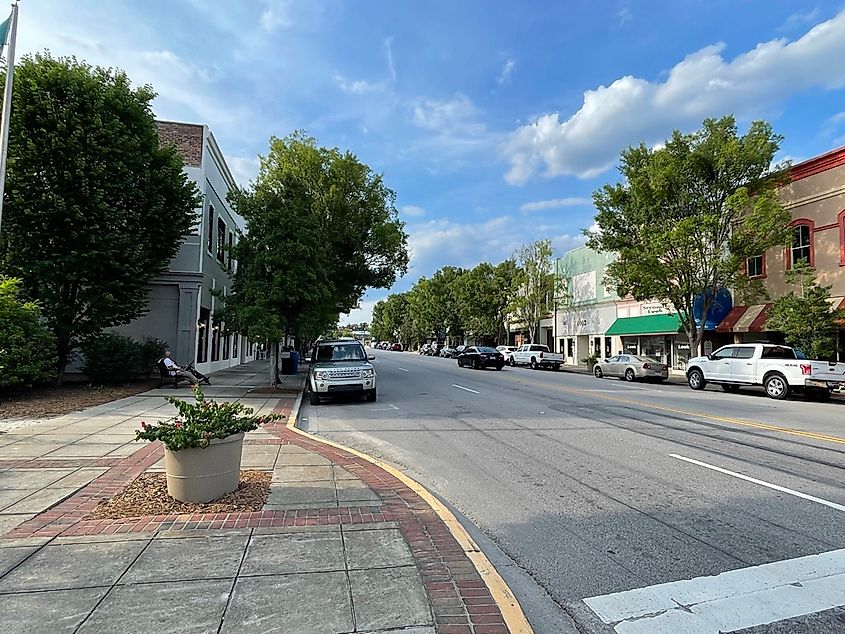
In the summer, early mornings at the Springdale Race Course bring a rare chance to watch steeplechase horses train in silence. Just outside town, Goodale State Park offers a flat, blackwater cypress swamp loop ideal for kayaking, canoes are available at the ranger station. In town, Broad & Vine serves chilled white wines and charcuterie in a brick-walled tasting room that stays cool all day. For lunch, Everyday Gourmet offers counter-service chicken salad and cold pasta under a ceiling fan. The sidewalks stay empty, the parking’s easy, and the storefronts are largely independent.
Travelers Rest
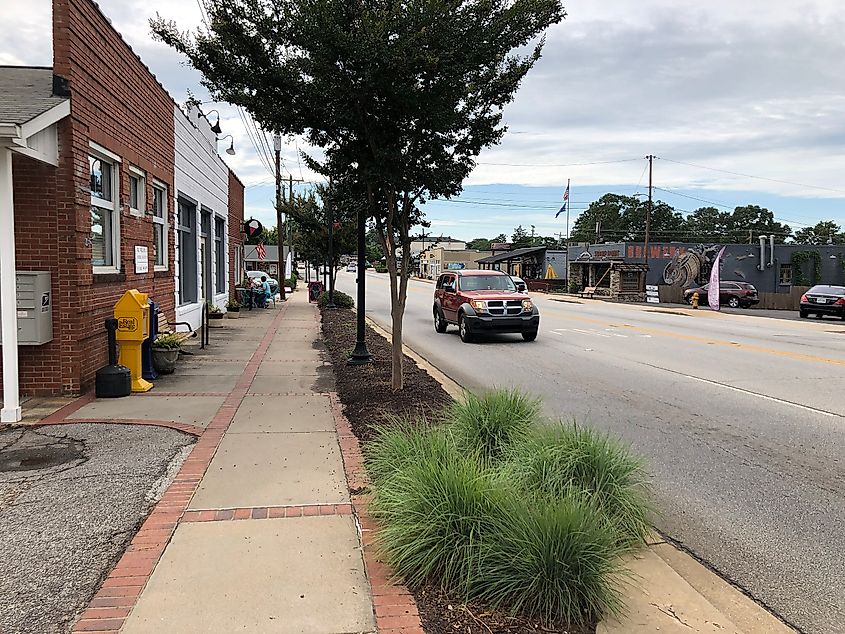
Travelers Rest sits at the mouth of the Blue Ridge Escarpment and was once a stopover for livestock drovers heading into North Carolina. The name stuck, and the pace still reflects that original function. It’s now a waypoint for cyclists and hikers coming off the mountains, and the town has adapted without growing noisy. Main Street runs parallel to the Swamp Rabbit Trail, a 22-mile greenway built on an old rail line. Most mornings, bikes outnumber cars.
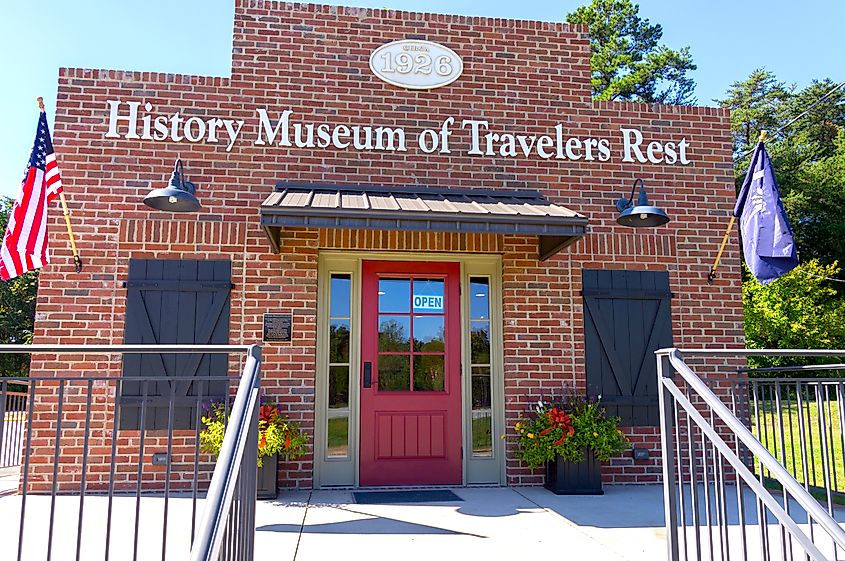
The Trailblazer Park amphitheater hosts free music on Saturdays with room to spread out on the hillside and no gate. For food, Tandem Creperie & Coffeehouse serves espresso and buckwheat crepes in a former gas station with indoor and patio seating. A few blocks south, Topsoil Kitchen & Market grows most of its vegetables on-site and rotates its summer menu every two weeks. For shade and water access, Gateway Park offers a flat hiking trail, pump track, and creek with public access, usually empty by late morning. The town has fewer than 8,000 residents, and while tourism has increased, the infrastructure hasn’t. There are no tour buses, no ticket lines, and no itinerary pressure.
Edisto Beach
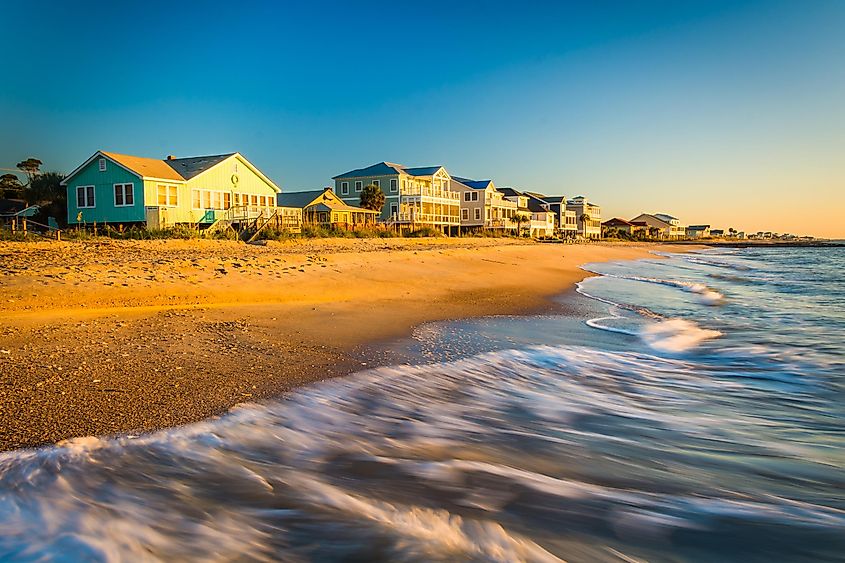
Edisto Beach has no stoplights, no chain restaurants, and no through-traffic. The town is positioned on a barrier island with a single access road, and most properties are privately owned and passed down, not turned over. Short-term rentals are regulated, and day-trippers rarely drive this far. Edisto is not designed for tourism, it’s designed for return. The town sits within the ACE Basin, one of the largest undeveloped estuaries on the East Coast, and has remained largely unchanged despite increasing coastal pressure.
At Botany Bay Plantation, visitors can walk through an abandoned tabby mansion site and onto a shell-covered beach with no houses or signage, entry is gated and limited by tide. The Edisto Island Serpentarium, founded by a local family of herpetologists, exhibits native reptiles in shaded enclosures and indoor tanks. For food, Whaley’s offers fried flounder and hushpuppies inside a converted gas station with only a few tables. Edisto Beach State Park provides public beach access, wooded campsites, and a long marsh boardwalk to a bald eagle viewing platform. Edisto fills slowly in summer. Cars park nose-in, bikes ride without lanes, and most visitors already know where they’re going before they arrive.
Walhalla
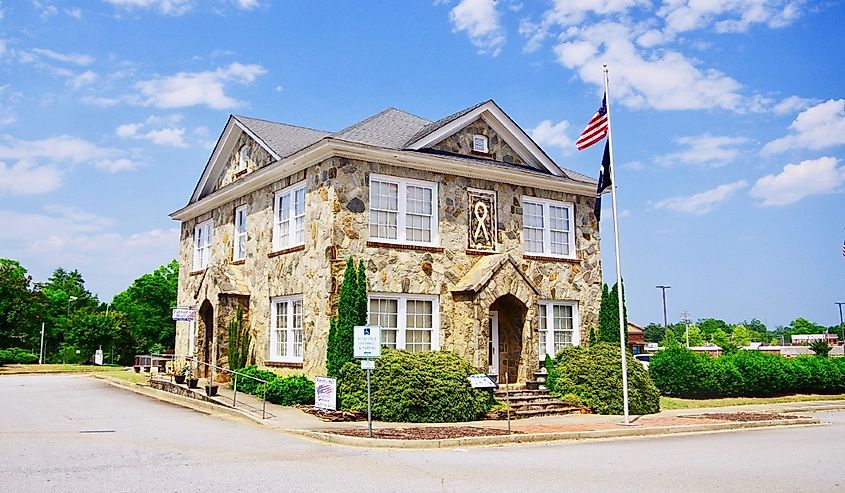
Walhalla was founded in 1850 by German immigrants who named it after the mythical Norse heaven for warriors. The town still holds a distinct cultural edge, street names like Kaufmann Avenue and events like the annual Oktoberfest reflect that legacy. It also marks the edge of the Blue Ridge Mountains and serves as a quiet southern gateway to the Jocassee Gorges. Summer traffic is minimal, even on weekends, and downtown remains largely unchanged.
The Stumphouse Tunnel complex, a failed antebellum railroad project, offers a 1,600-foot walk into cool, dark granite. Adjacent is Issaqueena Falls, visible after a short trail from the same parking lot. For coffee, Mountain Mocha on Main Street serves cold brew and bagel sandwiches with indoor seating and strong air conditioning. Lunch at The Steak House Cafeteria, a local standby since the 1970s, includes meat-and-three plates under fluorescent lighting. Just outside town, Yellow Branch Falls Trail is a manageable 3-mile round-trip to a stepped cascade that flows well into late summer.
Aiken
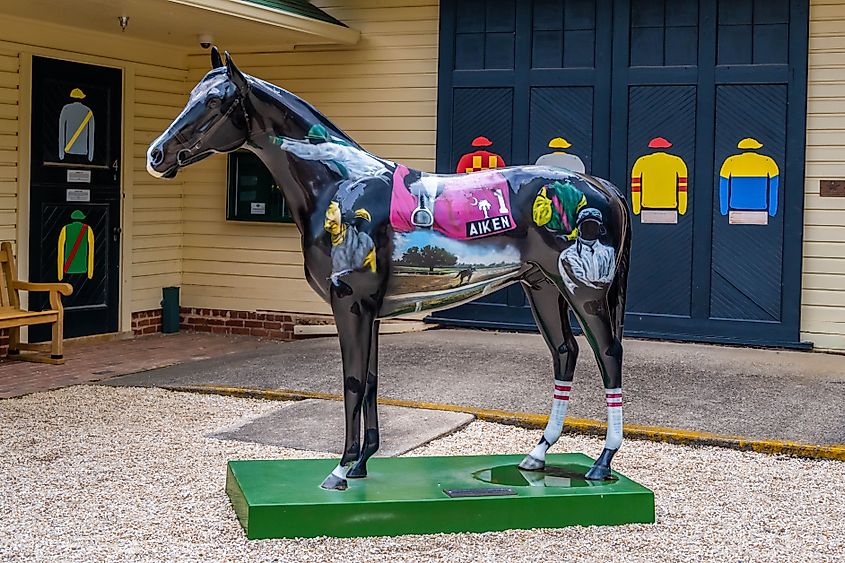
Aiken was built as a winter colony for wealthy Northerners escaping cold cities in the late 1800s. Many of the original mansions and stables still stand, and the town’s layout, wide parkways, sandy streets, and hidden gardens, reflects that seasonal design. It remains one of the few places in the U.S. where horses have legal right of way downtown. Aiken is home to Hitchcock Woods, a 2,100-acre urban forest with over 70 miles of riding and walking trails. Riders from the Aiken Training Track regularly pass through the woods before 9 a.m.
The Aiken County Historical Museum, housed in a converted 1930s mansion, contains equestrian memorabilia, early maps, and sections on the Savannah River Site. For lunch, New Moon Café on Laurens Street offers chicken salad and gazpacho in a storefront that opens onto the sidewalk. Nearby, The Willcox Hotel serves afternoon tea and cocktails in the same parlor used by Gilded Age guests. Early evenings, Langley Pond Park, ten minutes east of town, draws rowers and paddleboarders onto still water with no wait times or crowds.
Hartsville
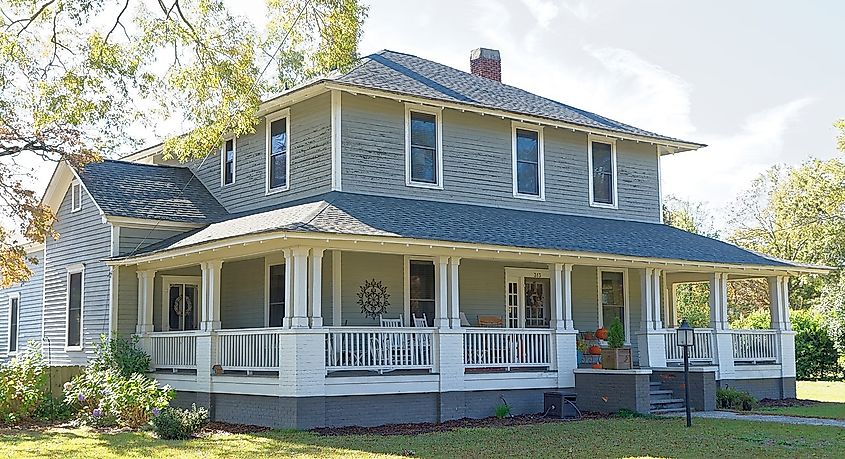
Hartsville is the smallest city in South Carolina with a Fortune 500 headquarters, Sonoco Products Company, which has shaped its infrastructure without altering its scale. The town runs on a split rhythm: college calendar during the school year, and near silence once Coker University empties in May. That makes summer an ideal time to move through it. The Kalmia Gardens, a 35-acre botanical preserve owned by the university, includes a cypress swamp boardwalk and Black Creek access with minimal foot traffic after noon.
Downtown, Crema Coffee Bar serves cold brew and sandwiches in a concrete-and-wood space next to an outdoor mural wall used for monthly installations. Just across College Avenue, Burry Park runs free summer movies on a portable screen with enough lawn space to spread out. For water access, Lawton Park offers public boat ramps and rental kayaks for exploring Black Creek. Lunch at Midnight Rooster, a café and art gallery, includes rotating sandwiches, iced chai, and open seating under ceiling fans. Hartsville’s grid is compact and walkable, with most summer activity shutting down by early evening.
Folly Beach
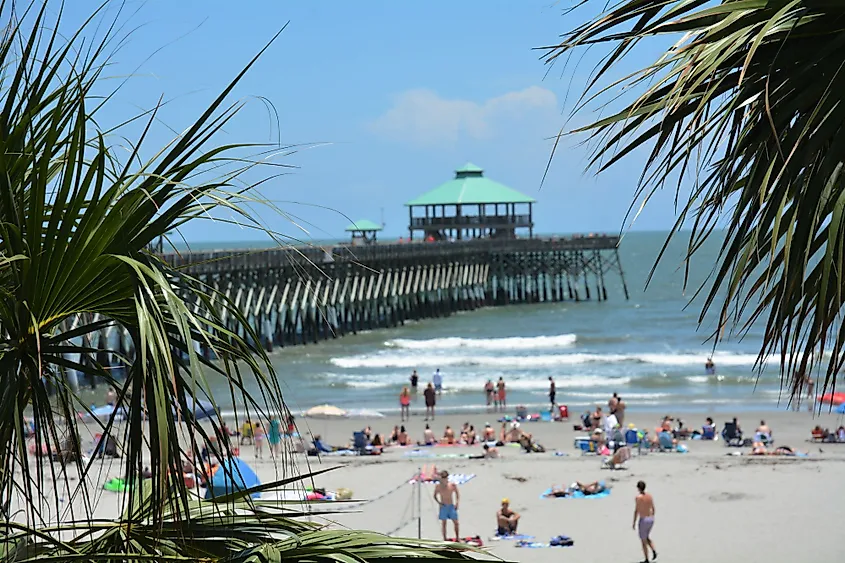
Folly Beach operates at the edge of Charleston but refuses to act like it. The town sits at the end of a single bridge with no thoroughfare beyond it. The Atlantic blocks one side; marsh and river block the other. This layout naturally filters out volume, especially on weekdays. Folly is one of the few surf breaks in South Carolina with consistent swell, and “The Washout,” located near East Ashley Avenue and 10th Street, draws early morning surfers but clears out by noon.
The Folly Beach Pier, rebuilt in concrete and reopened in 2023, extends over 1,000 feet and includes shaded swings and public fishing stations. For food, Lost Dog Café on West Huron offers breakfast burritos and iced coffee with counter service and open seating. The Morris Island Lighthouse Trail starts from the end of East Ashley and leads to a wide, shell-heavy beach with views of the decommissioned light tower offshore. Parking is limited, so foot traffic stays light. At the far west end of the island, Folly Beach County Park provides lifeguards, bathrooms, and dunes that block both wind and view, making it the quietest strand on the island.
Beaufort
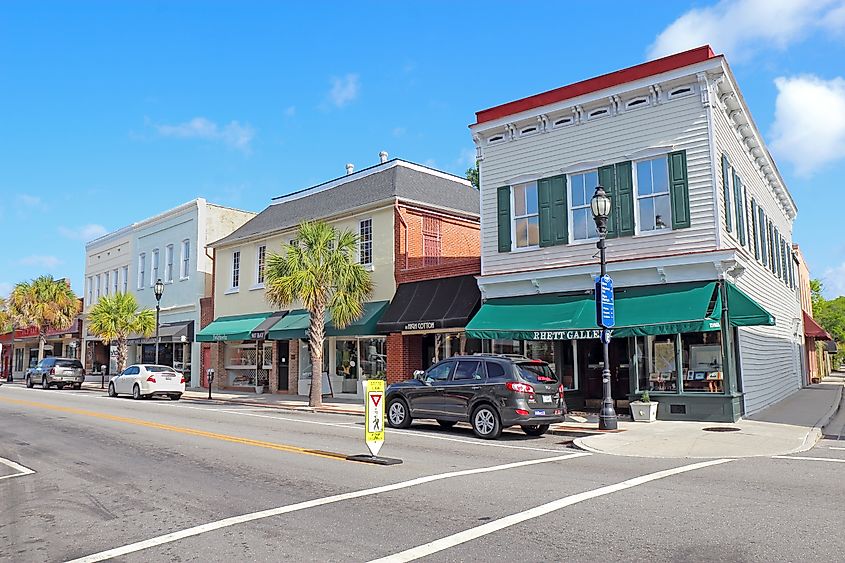
Beaufort is the only South Carolina town where Union troops occupied the homes but never burned the buildings. The result is a coastal grid of intact antebellum houses, many of which were used as hospitals and command posts during the Civil War. The town’s historic core, centered around Bay Street, remains residential in feel. Live oaks, tidal water, and marshland buffer it from major through-traffic. Summer brings heat, but not volume. Most travelers pass through on their way to Hilton Head or Charleston.The Henry C. Chambers Waterfront Park runs along the Beaufort River and includes a seawall promenade, swing benches, and direct access to the downtown marina.
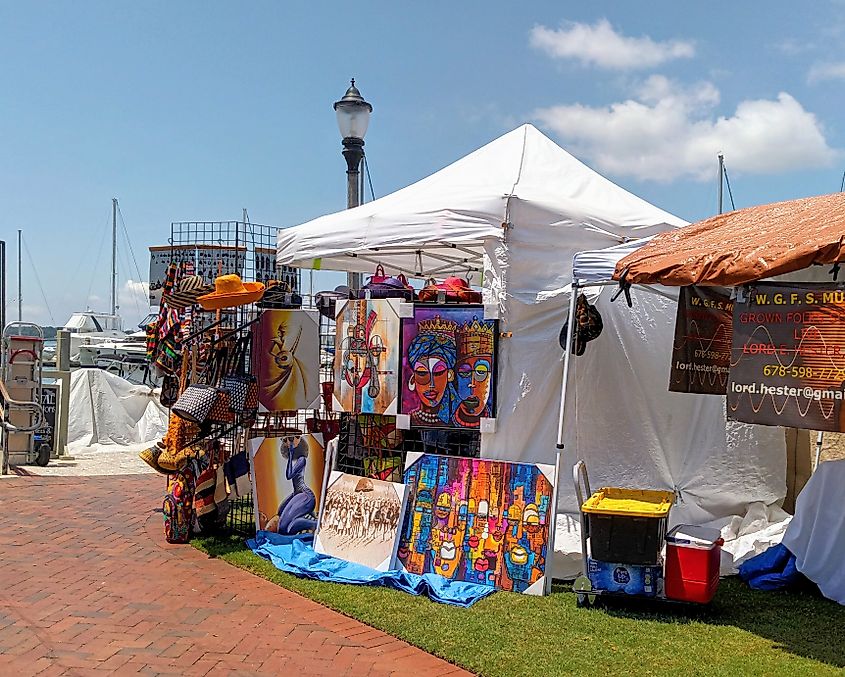
For breakfast, Blackstone’s Café on Craven Street offers coffee refills and shrimp omelets inside a two-story townhouse with fans and high ceilings. The Pat Conroy Literary Center, housed in a converted shrimp warehouse, displays manuscripts, photos, and annotated drafts from the author’s time in Beaufort. Fifteen minutes east, Hunting Island State Park has a public beach, lighthouse, and marsh boardwalk that remain uncrowded on weekdays. Beaufort fills slowly, if at all.
Bluffton

Bluffton sits on a bluff over the May River and was originally a summer refuge for lowcountry planters escaping inland heat. It’s still one of the only towns in the region with direct access to a tidal riverfront that hasn’t been developed for tourism. The Old Town district remains residential and unhurried, with galleries, porches, and oyster shell walkways running between live oaks. Bluffton’s growth has pushed outward, but the historic core stays insulated and walkable even at peak summer.

Oyster Factory Park offers river access, picnic tables, and a public dock used by locals for crabbing and paddleboarding. Cahill’s Market, a family-run vegetable stand and restaurant just west of town, serves fried chicken and tomato pie with outdoor seating and a small fishing pond. For art, the Society of Bluffton Artists Gallery features rotating exhibits and opens daily without entry fee or crowds. Coffee and cold drinks are available at Corner Perk Brunch Café, which roasts its own beans and stays open until late afternoon. Most visitors to Bluffton bypass Old Town for nearby resorts.
Georgetown
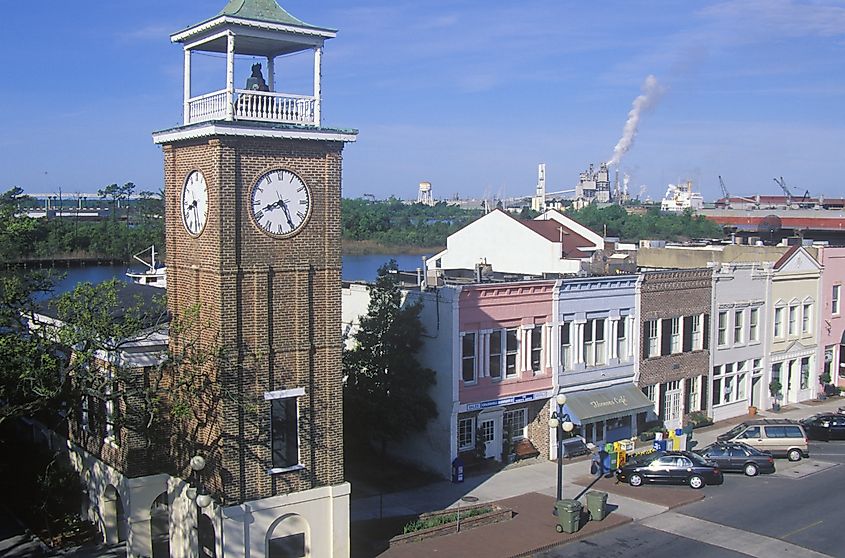
Georgetown is the third-oldest city in South Carolina and the state’s original port for rice and indigo exports. Unlike Charleston, it never converted its waterfront into a tourism district. The result is a quiet working harbor lined with shrimp trawlers and timber docks. The downtown faces the Sampit River, not the ocean, which keeps traffic low and development limited. Most of the buildings along Front Street are original brick or wood-frame structures, many still family-owned.
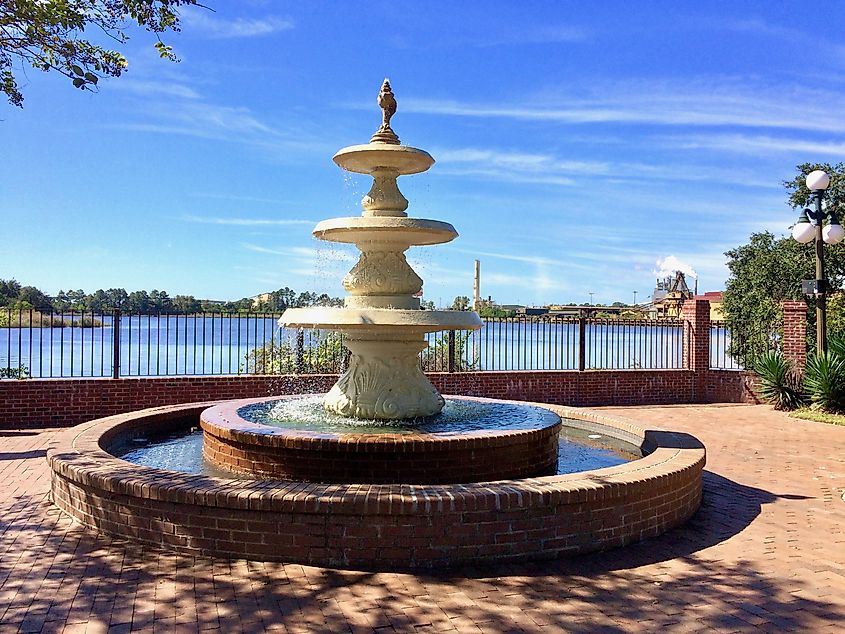
The Harborwalk, a public boardwalk running parallel to Front Street, connects shrimp boats, marina slips, and outdoor dining decks without barriers or noise. The South Carolina Maritime Museum holds ship models, navigational equipment, and local hurricane records in a former warehouse. Hopsewee Plantation, once one of the largest rice producers in the state, runs tours of the original house and grounds and serves lunch in a converted tea room. Georgetown stays empty compared to nearby coastal towns.
Skip the megastores and Bluetooth boom boxes. These ten places prove South Carolina’s hush isn’t extinct, it’s simply hiding behind Spanish moss and shell roads. Arrive early, follow tire tracks that fade into pine needles, and stay long enough to learn the tides or the training schedule of a single horse. Summer’s crowd-free frontier isn’t a secret; it’s a decision to trade convenience for breathing room and hear yourself think.

